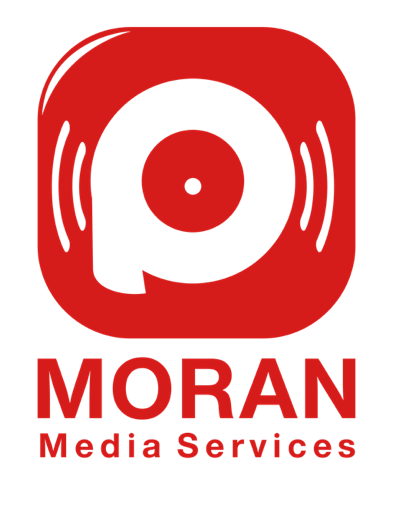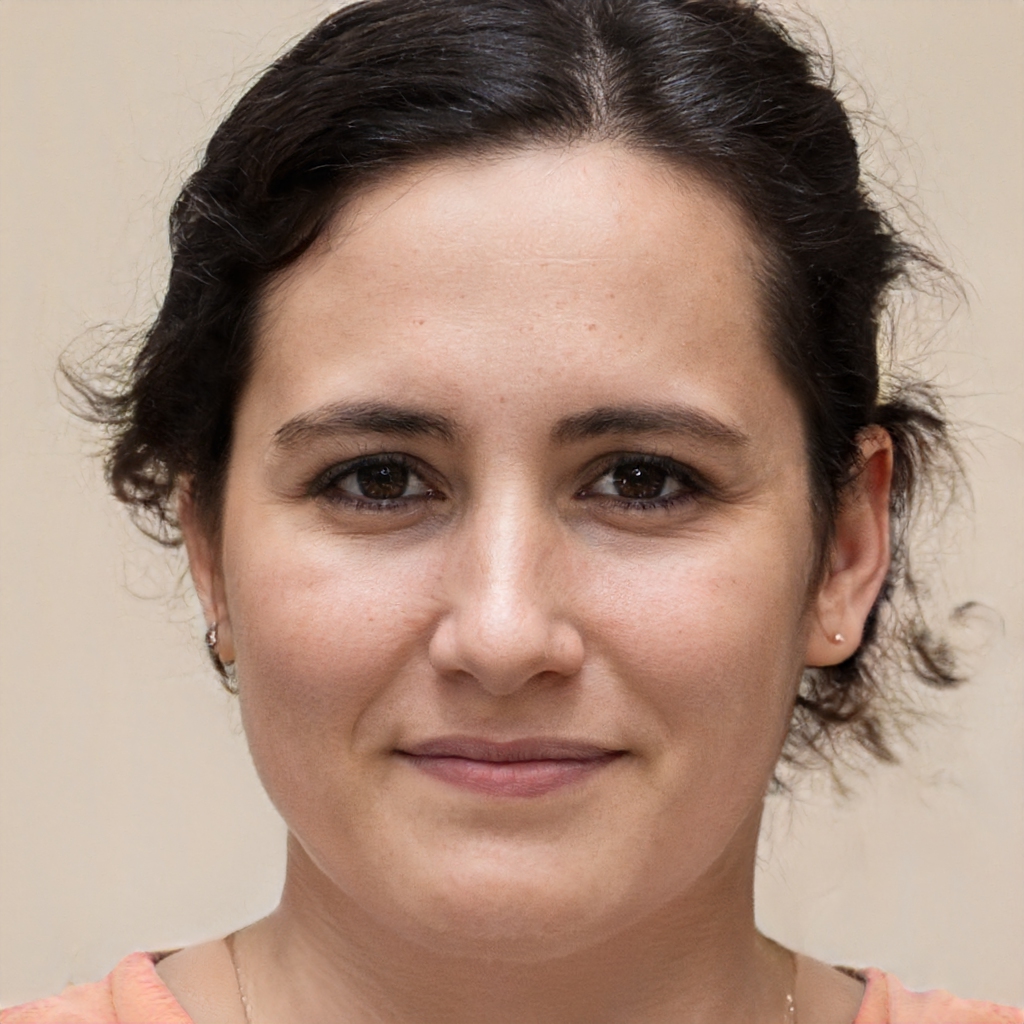Хто такі CEO, CFO, CCO, CIO, CMO, CRO, CTO тощо?
Зміст
- Данська підтримка для українців. Як PJSC Carlsberg Ukraine підтримує Україну під час великої війни
- Які завдання бізнес ставить перед СОО
- Кто такие CEO, CFO, CVO, CMO и др…
- Должности C-level (CMO, CEO, CFO, CIO)
- Курс за вітром – чому вітрова генерація має стати пріоритетним напрямком розвитку енергетики України
ТОП-менеджер компанії, який зосереджений на дослідженнях і технічних питаннях в комп’ютерній ігровій компанії. Відповідає за проектування систем для забезпечення високої пропускної здатності і масштабованості, особливо в технологічних компаніях (архітектор програмного забезпечення). Крім того, немає Вакансія Chief Executive Officer for AI product єдиного списку критеріїв, за якими можна оцінити, чи потрібен компанії СОО. Це залежить від завдань, цілей та очікувань власника / генерального директора.
Данська підтримка для українців. Як PJSC Carlsberg Ukraine підтримує Україну під час великої війни
CNO пов’язує персонал і бізнес-підрозділ всередині компанії з іншими компаніями і зі споживачами. Місія CNO полягає в передачі (просуванні) ноу-хау, стимулюванні інновацій, сприяння зростанню прибутку. (CMO) Chief Marketing Officer – директор з маркетингу. У число його завдань входить управління продажами, розробка продуктів, управління каналами дистрибуції, маркетингові дослідження, маркетингові комунікації (включаючи рекламу і рекламні акції), ціноутворення і обслуговування клієнтів.
Які завдання бізнес ставить перед СОО
Вищий співробітник управління; часто також виступає в ролі голови правління. Відповідальний за проектування систем для забезпечення високої пропускної здатності і масштабованості, особливо в технологічних компаніях (архітектор програмного забезпечення). Більшість з вас напевно знають хто такий CEO або хто такий CFO, але в корпоративній ієрархії є цілий ряд інших посад, абревіатура яких може бути незрозуміла більшості людей. У даній статті ми розглянемо ключові посади, які використовуються в діловій сфері. Переважно подібні скорочення вживаються в компаніях з іноземним капіталом, які принесли з собою і корпоративну культуру, яка використовується у світовій практиці.
Кто такие CEO, CFO, CVO, CMO и др…
- В контексті бізнес-мереж CNO управляє соціальним капіталом компанії.
- Уявіть диригента, який має підтримувати гармонію між усіма учасниками великого оркестру.
- CEngO (Chief Engineering Officer) – головний інженер, як і технічний директор (CTO), відповідальний за питання в сфері розробки і досліджень технології / продукту і / або виробництва в технологічній компанії, контролює розробку комерціалізованих технологій.
- Завдяки впливу Брюер Starbucks став присутній не лише в офлайн-, а й в онлайн-середовищі, збільшив присутність у країнах по всьому світу і закріпив своє становище лідера галузі кави.
- Багато національних урядів і держав мають в штаті державну посадову особу, що іменується головним архітектором або державним архітектором.
У цих бурхливих водах операційний директор виходить на передній план, надаючи стабільність і задаючи напрям компанії. Це дозволяє CEO сконцентруватися на розробці курсу для майбутнього компанії. Компанія постійно втрачає можливості для розширення або повільно реагує на зміни на ринку. CEO дійшов висновку, що у нього бракує ресурсів для вивчення потенційних ринків для експансії, технологій або придбань. Це ніби ви подорожуєте морем, сповненим невідомих островів, на яких багато цікавого і перспективного, але у вас немає часу зупинитися на якомусь із них.
Должности C-level (CMO, CEO, CFO, CIO)
Користувальницький досвід відноситься до емоцій і відносин людини до використання певного продукту, системи або послуги. Крім того, він включає в себе сприйняття людиною системних аспектів, таких як корисність, простота використання і ефективність. “CXO” не слід плутати з терміном “CxO”, який зазвичай використовується для позначення будь-якого ТОП-менеджера. Іноді дана посада позначається як CRMO (Chief Risk Management Officer) – директор з ризик-менеджменту. CISO (Chief Information Security Officer) – директор з інформаційної безпеки, відповідальний за формування та реалізацію стратегії і програми підприємства з забезпечення і захисту інформаційних активів і технологій компанії. CISO направляє дії персоналу на виявлення, розробку, впровадження та підтримку процесів всередині підприємства для зниження інформаційних ризиків і ризиків інформаційних технологій.
Курс за вітром – чому вітрова генерація має стати пріоритетним напрямком розвитку енергетики України
Він стає перешкодою для швидкого ухвалення рішень, а його час стає обмеженим. Це схоже на ситуацію, коли капітан корабля одночасно намагається керувати кораблем, піднімати та прибирати вітрила, а також готувати їжу для команди. СОО (Chief Operating Officer), або операційний директор, – не обов’язкова штатна одиниця. СОО потрібен компаніям зі щоденним операційним циклом для контролю та вдосконалення процесів.
Як розподіляється відповідальність між СОО, СЕО та власником
CCO (Chief Compliance Officer) – комплаенс-директор – керівна посадова особа, яка відповідає головним чином за контроль і регулювання питань відповідності нормативним вимогам в рамках організації. Ця посада давно існує в компаніях, які працюють в сильно регульованих галузях, таких як фінансові послуги та охорона здоров’я. Завдання операційного директора — налагодити та постійно вдосконалювати процеси, а також систему оцінки. Але на практиці покращення впроваджують керівники функцій зі своїми командами.
Варто зазначити, що в масштабних продуктових екосистемах може бути відразу декілька CEO/CMO/CPO, кожен з яких відповідає за певний ІТ-продукт. Керівники C-level визначають стратегію компанії, управляють ключовими бізнес-процесами та забезпечують досягнення цілей організації. CNO (Chief Networking Officer) – директор з налагодження контактів. В контексті бізнес-мереж CNO управляє соціальним капіталом компанії. CNO пов’язує персонал і бізнес-підрозділ всередині компанії з іншими компаніями і зі споживачами. Місія CNO полягає в передачі (просуванні) ноу-хау, стимулюванні інновацій, сприянні зростанню прибутку.
CLO (Chief Legal Officer) – директор з юридичних питань (головний або генеральний юрисконсульт). CCO (Chief Customer Officer) – директор по роботі з клієнтами є відповідальною особою, орієнтованою на клієнта, відповідає за загальні відносини з клієнтами організації. CCO несе відповідальність за вплив на корпоративну діяльність клієнтів, тому курує колл-центр, продажі, маркетинг, користувацький інтерфейс, фінанси (білінг), передпродажну та післяпродажну підтримку. (CXO) Chief Experience Officer – керівник, відповідальний за користувальницький досвід і нагляд за дизайном користувальницького інтерфейсу. Призначений для користувача досвід відноситься до емоцій і відносин людини до використання певного продукту, системи або послуги.
На відміну від CEO, який здійснює загальне управління компанією, CVO працює виключно над потенційними напрямками розвитку. Таку позицію поділяють не всі, але я переконаний, що менеджер має розвивати декілька наступників на свою роль. Коли в бізнесі щось сильно «болить» (наприклад, впав продаж або зашкалює текучість кадрів), наймання СОО може сприйматися як панацея.
Багато національних урядів і держав мають в штаті державну посадову особу, що має назву “головний архітектор” або “державний архітектор”. Конкретні обов’язки та сфери відповідальності державних архітекторів розрізняються, але вони зазвичай включають відповідальність за проектування та / або будівництво громадських будівель і споруд. (CSO) Chief Sustainability Officer – директор з екології, відповідальний за реалізацію програм із захисту навколишнього середовища і екологічний контроль на підприємстві. (CNO) Chief Networking Officer – директор по налагодженню контактів. В контексті бізнес-мереж CNO управляє соціальним капіталом компанії.
Часто роль СЕО умовно позначають як Mr. Outside (робота з клієнтами, інвесторами, партнерами), а СОО — Mr. Inside (внутрішні процеси). Така роль найчастіше буває в американських та європейських компаніях — коли власник стартапу наймає досвідченого «ветерана» індустрії для консультацій та налаштування операційної діяльності. Уявіть собі кавову імперію, яка присутня в усьому світі та постійно вдосконалюється.
Аналоги посади – директор з аудиту, директор служби внутрішнього аудиту, генеральний аудитор або головний контролер – незалежний виконавчий директор високого рівня із загальною відповідальністю за внутрішній аудит. CSO (Chief Science Officer) – директор з науки (головний науковий співробітник), відповідальний за науку, зазвичай прикладну науку, включаючи дослідження і розробки, а також нові технології. CPO (Chief Product Officer) – директор з продуктів, відповідає за всі питання, пов’язані з продуктом. Обов’язки CPO включають в себе бачення продукту, стратегію продукту, користувацький інтерфейс, дизайн продукту, розробку продукту і маркетинг продукту.
CVO (Chief Visionary Officer) – керівник, який відповідає за визначення корпоративного бачення, бізнес-стратегії і робочих планів. CSO (Chief Security Officer) – директор з безпеки, який відповідає за організацію процесу забезпечення безпеки на підприємстві, включаючи фізичну безпеку, кібербезпеку та інші види безпеки. CRO (Chief Research Officer) – директор з досліджень. CRO відповідає за всі дослідження, які підтримують цілі підприємства. CRO (Chief Reputation Officer) – директор з репутації.
Робота в кращіх IT командах https://wizardsdev.com/




